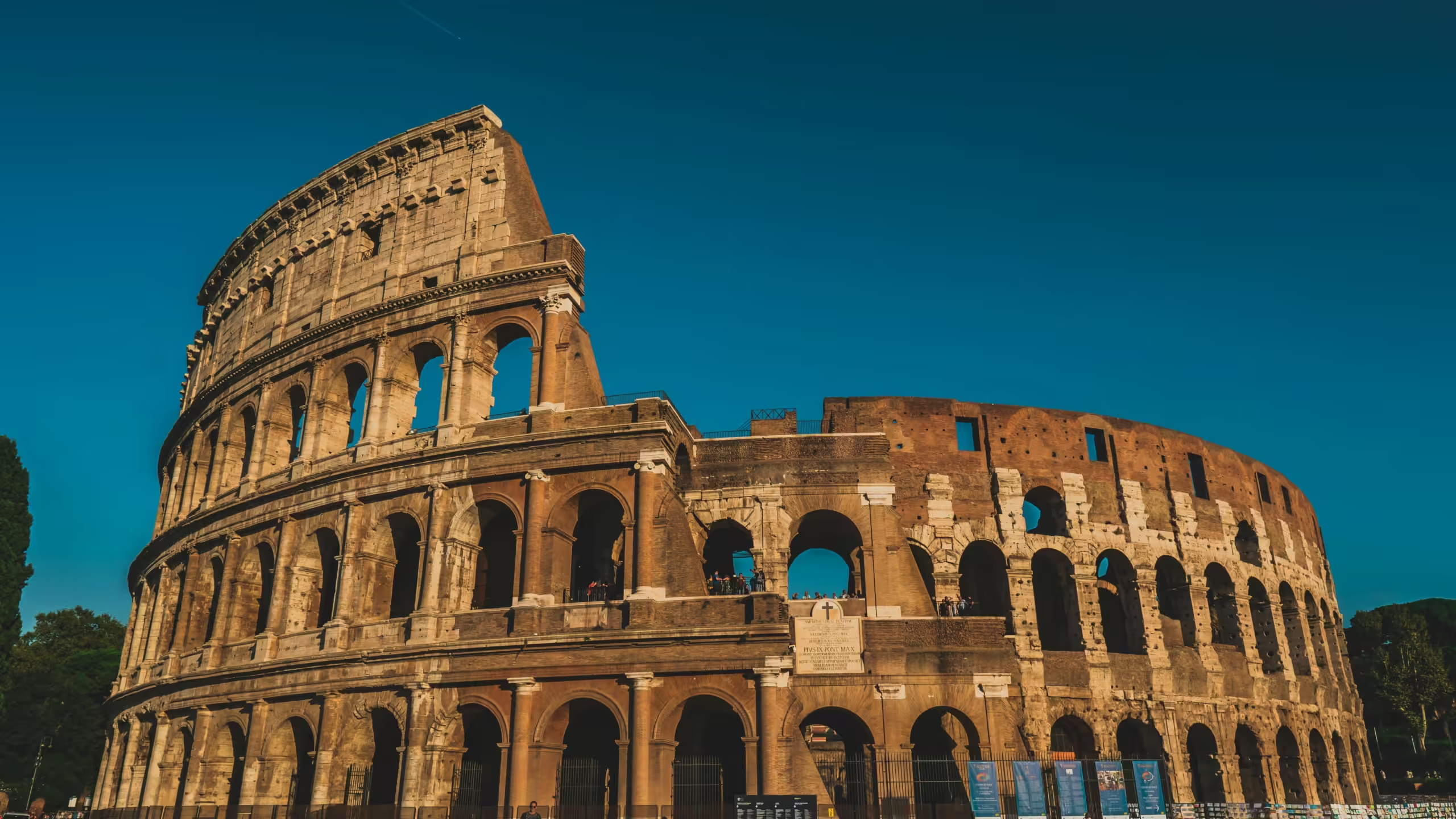
Colosseum, Rome, Italy: A Majestic Symbol of Ancient Rome
The Colosseum in Rome, Italy, is one of the most recognizable landmarks in the world. Known for its grand architecture and rich history, this ancient amphitheater once hosted gladiatorial contests, public spectacles, and other events that attracted thousands of spectators. Today, it stands as a testament to the engineering brilliance and cultural significance of ancient Rome.
Must-See Features of the Colosseum
- The Arena Floor: The arena floor of the Colosseum is where the famous gladiator fights and animal hunts took place. Though it’s now partially exposed, you can still imagine the atmosphere of the spectacles that filled the space.
- Underground Hypogeum: The hypogeum is the underground network where gladiators, animals, and stage sets were kept before fights. It offers a fascinating look at how the Colosseum functioned behind the scenes.
- The Outer Wall: The Colosseum’s outer walls are a stunning example of Roman engineering. Despite damage from earthquakes and time, it’s still possible to appreciate its grandeur and the intricate arches that once supported seating for up to 80,000 spectators.
- The Roman Forum: Located nearby, the Roman Forum is a historical site that showcases the remnants of ancient government buildings and temples. Many visitors combine a trip to the Colosseum with a walk through the Roman Forum for a deeper dive into Rome’s history.
- Panoramic Views: From the upper levels of the Colosseum, visitors can enjoy panoramic views of the city of Rome. It’s a perfect spot for photos, with the historic landscape stretching out in every direction.
Best Activities to Enjoy at the Colosseum
- Guided Tours: To gain a deeper understanding of the Colosseum’s history, consider booking a guided tour. Knowledgeable guides can share fascinating insights about the architecture, gladiator battles, and the Colosseum’s role in ancient Roman culture.
- Night Tours: For a more mystical experience, join a night tour. The Colosseum is beautifully lit after dark, offering a unique perspective on this ancient monument. You can also enjoy fewer crowds, making it a peaceful way to explore.
- Virtual Reality Experiences: Some tours offer virtual reality experiences, allowing you to see the Colosseum as it was in its prime. You can experience what the ancient gladiatorial games might have looked like and gain a richer understanding of its historical significance.
- Photography: Whether during the day or at sunset, the Colosseum provides ample opportunities for breathtaking photographs. Capture the grandeur of the monument or the dramatic play of light and shadow as the sun sets over Rome.
- Nearby Attractions: After visiting the Colosseum, explore the nearby Roman Forum, Palatine Hill, and the Arch of Constantine. These sites provide more context to the Colosseum’s role in Roman society and its architectural magnificence.
Best Time to Visit the Colosseum
The best time to visit the Colosseum is in the spring and fall when the weather is mild, and the crowds are smaller. Summer sees the highest number of tourists, but it can be very hot, especially in the inner parts of the Colosseum. If you visit during the summer, make sure to bring plenty of water and wear sunscreen. Winter offers a quieter experience, although some areas might be less accessible due to weather conditions.
Conclusion
The Colosseum is not only an iconic symbol of Rome but also an incredible window into the ancient past. Whether you’re exploring its underground chambers, marveling at its towering exterior, or imagining the spectacles that once captivated thousands, a visit to this monumental site is unforgettable. A trip to the Colosseum offers a unique opportunity to connect with history in a tangible and awe-inspiring way, ensuring memories that will last a lifetime.
Learn more about the Colosseum in Rome, Italy











No Comment